Businesses are always looking for new ways to improve, and one trend they’re currently embracing is chatbot development. These chatbots help with things like answering customer questions, improving communication, and troubleshooting issues remotely, all to make the customer experience better.
The idea of chatbots isn’t new, it started back in 1966 with text bots like Eliza, and then voice-based bots became popular in the 80s. Simply put, a bot is software that can smartly talk to humans.
One common use for bots is in live chat platforms. Here, users can ask questions and get quick responses from a chatbot. It’s a fast and easy way to get help and support.
This blog will give you the roadmap for your chatbot development. From steps to the cost, you will learn every scenario about it.
Table of Contents
Industries That Should Get Chatbot Development
Many industries are now opting to integrate Chatbots into their businesses. Having your chatbot developed can improve business processes and enhance user experience.
Some chatbots app like ChatGPT, have been a huge help for people with their daily work.
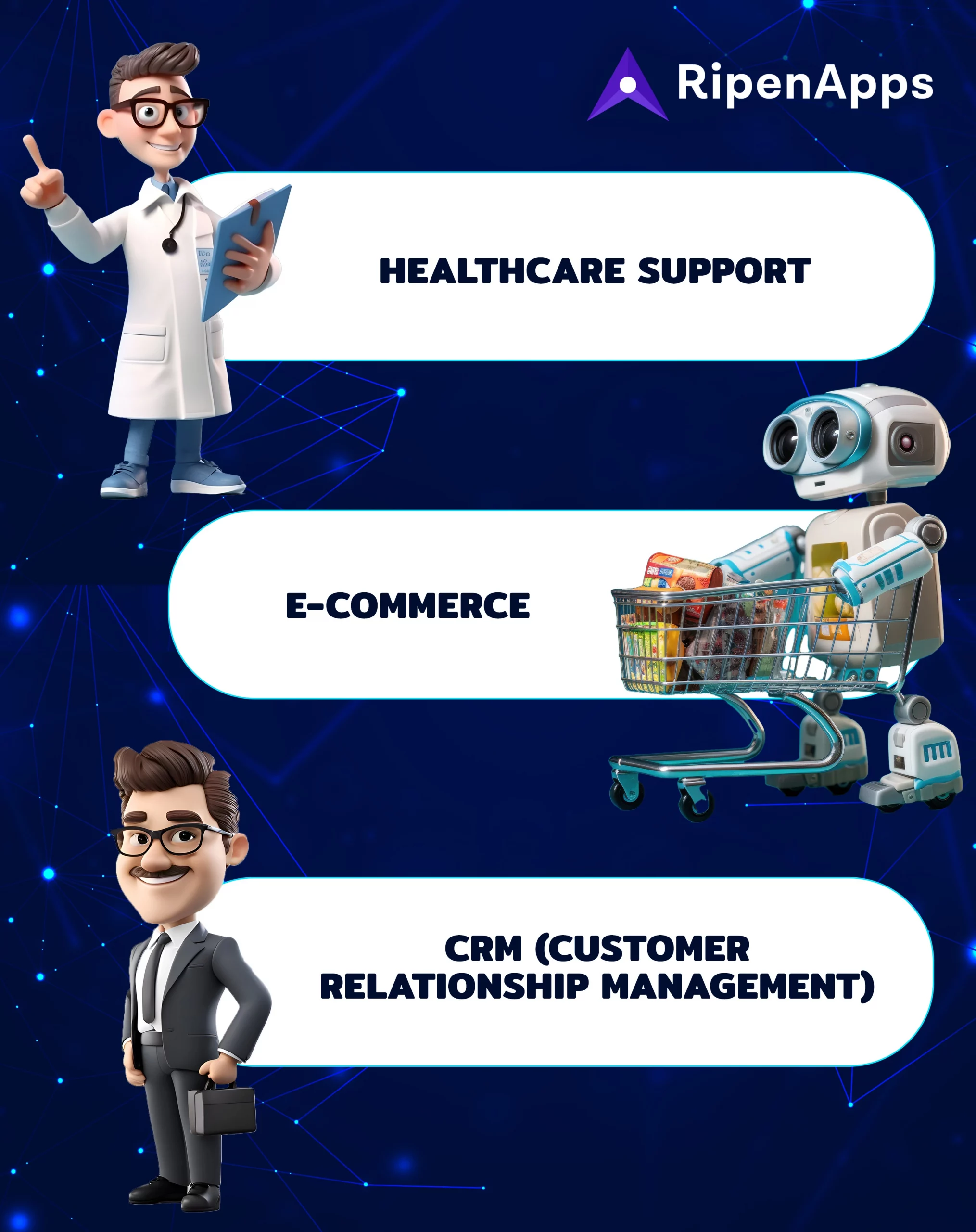
E-commerce
In the e-commerce industry, it can be hard for consumers to find the exact items they want. This can make shopping frustrating sometimes.
Let’s take a real-life example, which is ShopBot by eBay. It is a helpful assistant for a better shopping experience. Its job is to find the best deals and let consumers discover products that match what they are looking for. They can talk through text, and voice, or even show pictures of what consumers want to buy.
Another cool bot is Kip. It’s great for group shopping, especially for teams. Instead of everyone having their shopping cart, Kip lets a whole team order things together. Everyone can pick what they want, and when it’s time to pay, the boss or admin handles everything.
It can be a good opportunity for chatbot development that can help your e-commerce business.
Healthcare Support
Chatbot development for your healthcare department can be a great addition.
Let’s take a real-life example, UCLA, which is a university in California. They have made a special kind of computer program called a virtual radiologist. This helps doctors make decisions about treating patients using X-rays and other medical images. Virtual Radiologist is one of the great examples of artificial intelligence. It is an AI App that is like a smart brain that gives doctors important information about a patient’s treatment plan.
Another chatbot creation called Woebot is designed to keep track of how users are feeling each day and what they do. It uses the data to understand health status and give helpful responses.
So, AI chatbot development like Woebot and virtual radiologists can be a great addition to your healthcare business.
CRM (Customer Relationship Management)
Using chatbots in CRM (Customer Relationship Management) can be super helpful because they can handle all the boring tasks, freeing up users to focus on more important things.
For sales teams, chatbot development can automate the process of entering data into the CRM system. This means salespeople can spend more time talking to customers than filling out forms. Studies show that about 20% of a salesperson’s time is spent doing this data entry stuff. To fix this, there’s a bot called Fireflies that listens to audio conversations and pulls out important info to put into the CRM.
Salesforce, a big CRM company, has also made a bot. This bot can grab customer data while you’re chatting with the customer on a platform like Slack. It only shows you the relevant info from the database, so you don’t have to search through a bunch of stuff to find what you need.
Types of Chatbot Development
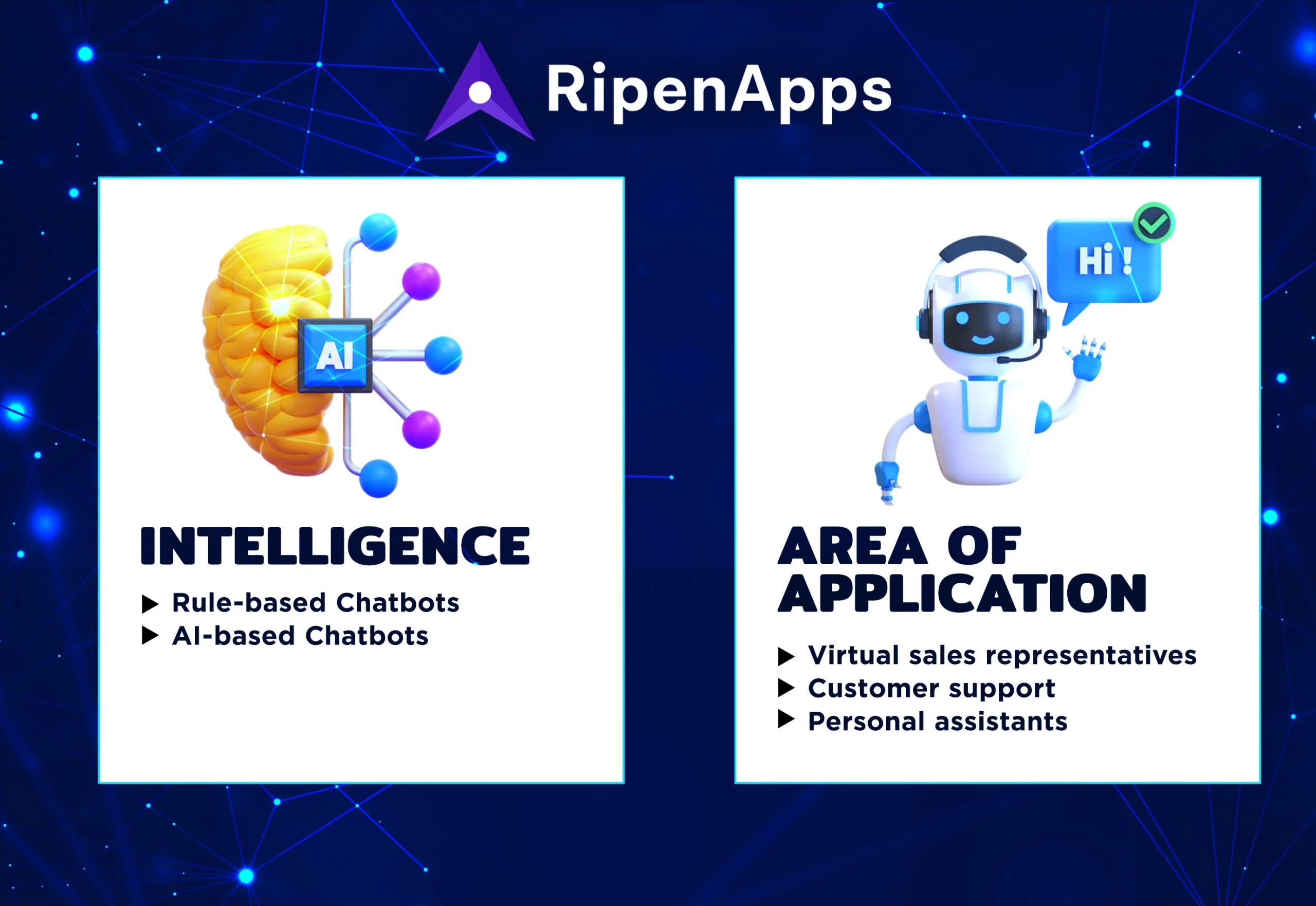
You’ve likely encountered bots before, like when asking your phone to set an alarm or visiting a website after hours. There are many different models of chatbot development. Here we will discuss some most common ones, which can be best for your business.
Intelligence
When it comes to ML app development, there are two main types of chatbots.
- Rule-based Chatbots
- AI-based Chatbots
Rule-based chatbots follow strict rules and respond based on a fixed script. While AI chatbot apps like ChatGPT use artificial intelligence and machine learning to understand your messages and give more relevant responses.
Rule-based chatbots require you to choose from predefined answers or rely on matching keywords, while AI-based chatbots can understand and respond to your queries more naturally.
Area of Application
When it comes to where chatbots are most commonly used, they’re really helpful in support, sales, and as personal virtual assistants. In retail, for example, you’ll often find chatbots assisting customers with their purchases.
Here are the main areas where chatbots are used:
- Virtual sales representatives
- Customer support
- Personal assistants
Advanced virtual assistants like Siri and Google’s Meena are top-notch examples. They use voice control and continue to improve as they learn more about you.
Some might argue that these advanced assistants aren’t exactly chatbots, but if you think about it, you interact with them through conversations, and they’re setting the bar for what conversations chatbots can do.
Chatbot development like Siri or Google Assistant can be really expensive for startups, but working with them is a feasible option.
Get Chatbot Development from Scratch
Let’s walk through the essential steps of developing chatbots so you can have an application that serves your needs and helps your business generate more revenue. This approach to developing an AI chatbot follows the usual development process but includes some specific details for chatbots.
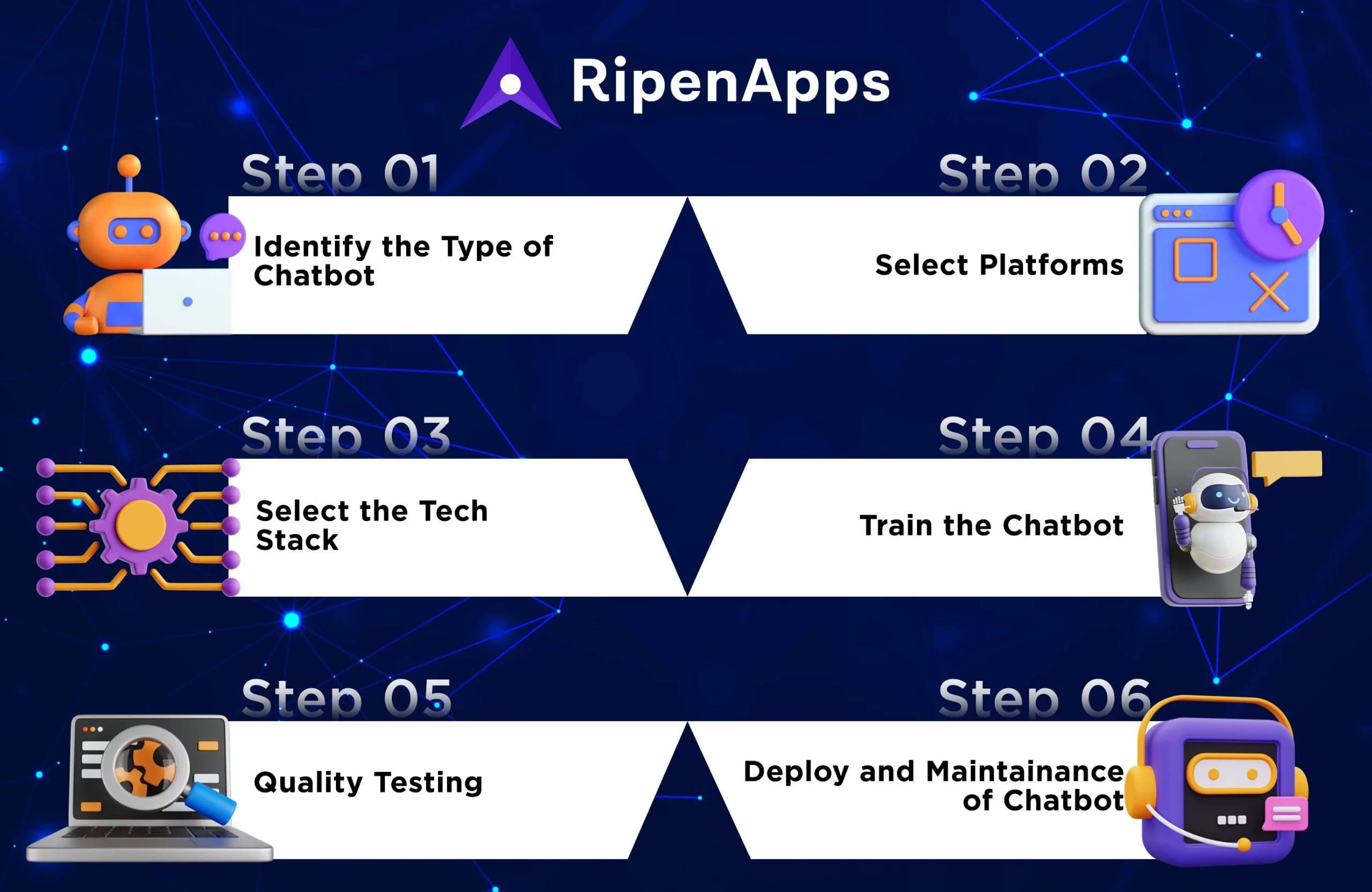
Step 1: Identify the Type of Chatbot
Why do you want to build a chatbot? What do you want it to do for your customers or potential customers?
Knowing the answers to these questions will help you decide what type of chatbot to create. You can choose between a simple chatbot with set answers or a more advanced one that learns from what users say.
The most common types of chatbots today are for customer support—like a bot that answers frequently asked questions—and for sales—like one that gathers information, offers advice, and can pass users to a real person when needed.
Step 2: Select Platforms
Decide where your chatbot will live based on where your customers prefer to chat. Will it be on your website or app? It depends on what your customers like.
You might even want to use multiple channels. If you do, it’s best to use the same chatbot development setup for all of them, instead of using different tools for each one. For example, if you have a bot for sales on Messenger, it’s better to use the same setup for your app and Google Assistant too.
Step 3: Select the Tech Stack
Once you know what problems your chatbot will solve and where it’ll live, it’s time to pick the technology you’ll use. You can either choose a framework or hire mobile app developers.
When picking a framework, consider what skills your developers have and what NLP (natural language processing) libraries are available. Make sure the technology you choose works well with your other software.
Ask yourself:
- Can I use this for voice chatting, too?
- Is this fancy, exclusive tech, or something anyone can use?
- Is this tech popular with developers right now?
Step 4: Train the Chatbot
If you’ve made a simple chatbot with basic rules, you can move on to the next step. But if your chatbot is using AI, you’ve got some training to do.
You need to train your bot on lots of different examples so it can understand what users are asking for. This means giving it a bunch of different questions and teaching it how to respond.
You can do this by using existing data like emails or support tickets, or by getting a dataset from somewhere else.
Step 5: Quality Testing
Just like any other application, you’ll want to see if your chatbot can help real people. Keep in mind that chatbots are still new to many people, so some customers might try to test their limits.
Make sure your chatbot can handle these situations gracefully. It should gently guide the conversation back to the main goal or smoothly transfer the user to a human agent if needed. Testing is key to making sure your chatbot development is on the right track.
Step 6: Deploy and Maintainance of Chatbot
Getting your chatbot up and running usually doesn’t take too long. You just need to make sure all the different parts are connected and that the bot works with your other systems, like your CRM or ERP.
But even after your chatbot is live, the work isn’t done. You’ll need to keep an eye on how it’s doing, check the stats, and tweak the answers to make sure users are happy. Maintaining your chatbot is an ongoing process to keep it working smoothly for your customers.
Best Practices for Chatbot Development
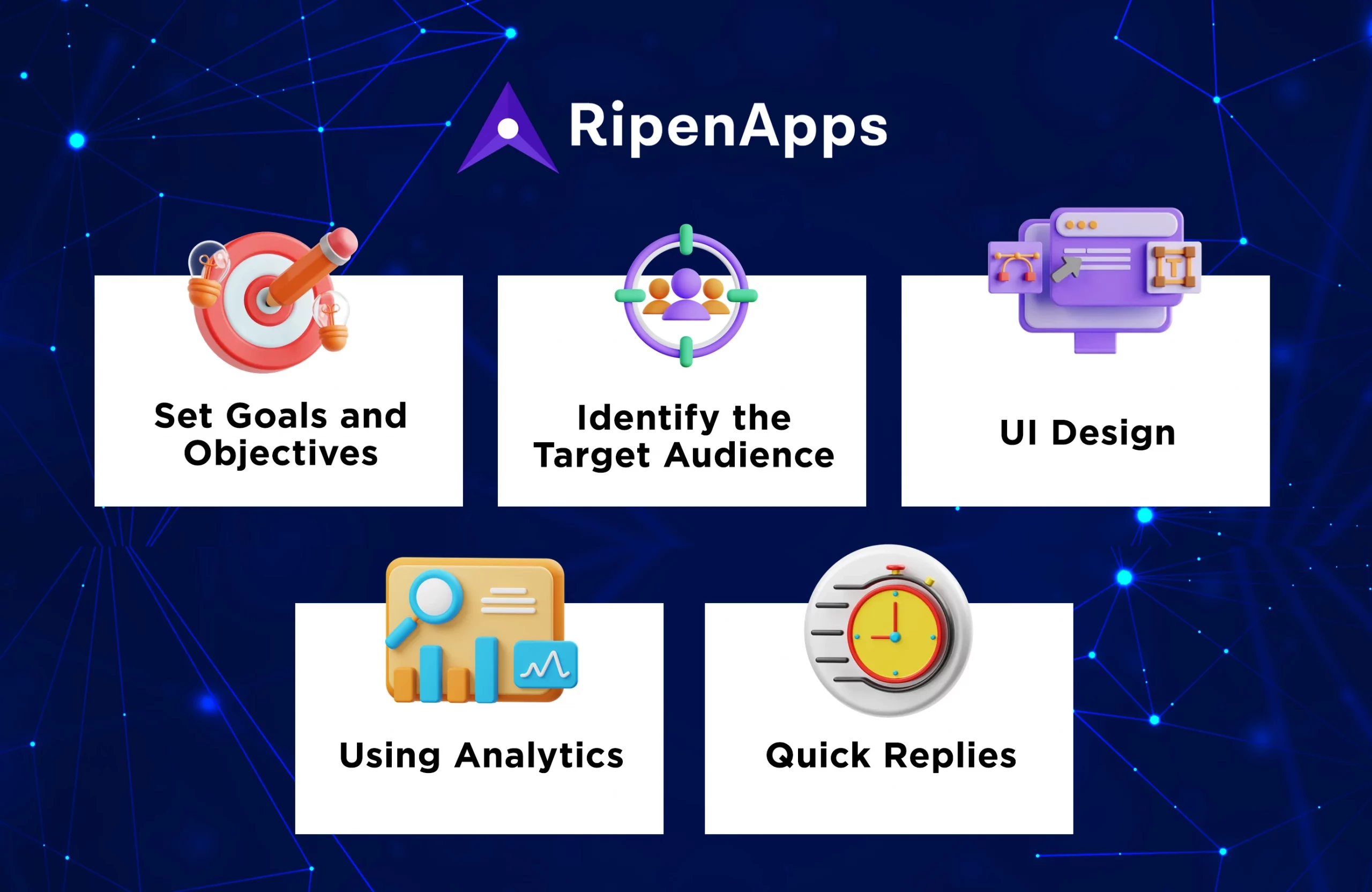
Set Goals and Objectives
When you’re thinking about chatbot development, it’s important to first understand what you want it to achieve. Chatbots can serve different purposes depending on who will be using them. For example, if you own a bakery, you might want a chatbot to help customers place orders in a friendly way, and also be able to handle cancellations.
On the other hand, in the medical field, a chatbot could be used to schedule appointments with doctors and give basic diagnoses. This shows how flexible chatbots can be in different situations.
To figure out what your chatbot should do, ask yourself some questions:
- What problems do my customers face?
- What tasks will they need help with?
- Who am I trying to reach with my chatbot?
These questions will help you set clear goals for chatbot creation. Get the answers, then select the features your chatbot development would have. Make sure that all of this targets the audience you want to reach. This makes it easier to design your chatbot effectively.
Identify the Target Audience
When developing a chatbot, it’s important to think about who will be using it. Just like you wouldn’t talk to an older person the same way you talk to a teenager, your chatbot’s tone should match your audience.
Here are some things to think about when deciding how your chatbot should talk:
- Brand voice: Your chatbot’s tone should match your brand’s personality, just like how a person’s clothes and speech reflect who they are.
- Demographics: Think about who your customers are in terms of age, gender, and other factors. You don’t want to confuse them by using the wrong tone.
- Social profile: Consider what your customers like to do and where they work. This helps you understand their interests better and tailor your messages accordingly.
UI Design
The first step in chatbot development is user interface design. This includes how to make a chatbot, how it looks, and whether it should be user-friendly. The way chatbots interact with users can greatly affect the experience.
Each part of the customer journey might need a different script for your chatbot. For example, if customers want to book appointments, your chatbot should have a specific script for that. And if they want to subscribe to your newsletter, it needs a different approach.
A good practice for chatbot design is to use language that’s easy to understand and fits the context. For example, instead of just “Yes” or “No” buttons, use buttons that say “Sign me up” or “No, thanks” when asking users to subscribe to your newsletter. This makes it clearer what each option does.
Using Analytics
Analytics are super helpful for figuring out how to keep customers engaged. They let you see how customers move through their journey, from the beginning to the end. When developing a chatbot, it’s important to understand this journey and how people behave.
Analytics give you numbers that show you where customers are spending their time and how engaged they are. This helps you see what’s working and what’s not in your interactions with customers.
For example, you can track how many people fill out forms on your chatbot. With this information, test different ways of asking for information and see what gets the best results. Then, adjust the strategy of your chatbot development, based on what you learn from the data.
Quick Replies
Using quick replies is a smart move for your chatbot development. They help you handle multiple chats at once by sending pre-written messages for common requests.
It’s best to use quick replies at the start of a chat since they’re less flexible. These replies are like ready-made responses that your chatbot can offer customers to choose from. Keep them short and sweet to keep the customer engaged.
Quick replies are handy features available on messaging platforms like WhatsApp. They simplify communication for businesses. Now, let’s talk about other platforms your chatbot should work with to keep customers happy.
Reasons For Chatbot Development For Your Business
Chatbots are there to help customers even when things get hectic, and businesses may not fulfill the demand.
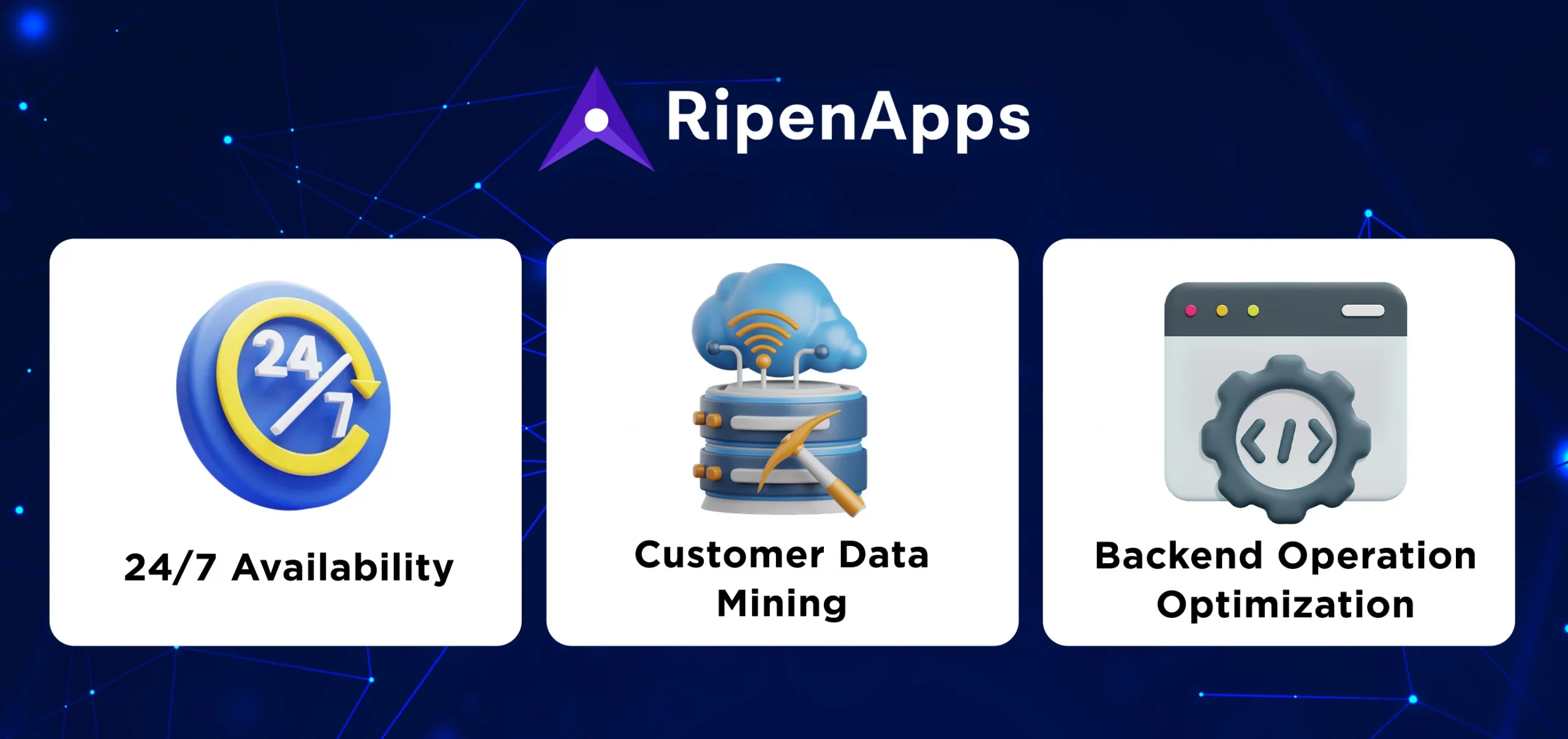
Reason 1: 24/7 Availability
Make Your Brand Always Available and developing chatbot makes your services accessible 24/7 to customers worldwide. It guides them through buying processes and answers their questions, making your brand more interactive and helpful.
What type of chatbot should you use for your business?
Chatbots can handle many customers at once without getting tired or making mistakes. Plus, they learn and improve over time.
Reason 2: Customer Data Mining
Gather Valuable Customer Data Chatbots get smarter by analyzing what customers say. You can use this data to improve your online and mobile experiences, making it easier for customers to find what they need.
Reason 3: Backend Operation Optimization
Streamline Your Business Operations You can also have chatbot development for internal work. It makes things run smoother. For example, JP Morgan saved a huge amount of time by using a chatbot to process loan contracts quickly and efficiently.
How Much Does Chatbot Development Cost?
A simple chatbot development won’t cost you anything, but if you want something more sophisticated that uses AI, you’re looking at a starting budget of around $30,000 and it can go higher with more advanced features. Building a chatbot with advanced machine learning capabilities, like Alexa or Siri, can cost well over $99,000.
Final Thoughts: Chatbot Development
Smart solutions play a vital role in business success
Whether it’s offering round-the-clock customer service, enhancing marketing efforts, saving time on engaging with users or streamlining internal processes. Chatbot development can give businesses a competitive edge. If you’re considering building a chatbot, it’s best to partner with a company that understands your business needs and can develop a customized chatbot to help you reach your goals.
RipenApps specializes in chatbot app development services and also tailored solutions using new technologies like artificial intelligence, machine learning, natural language processing, and emerging tech like augmented reality and virtual reality.
FAQs: Chatbot Development
Q1. Why do businesses need chatbot development?
For startups and businesses, chatbot development can be a profitable step. It enhances customer services, increases efficiency, saves costs, scales operations, personalizes interactions, collects valuable data, and gains a competitive advantage.
With all the benefits chatbot development can give, it can enhance the productivity of your business. That says, more productivity means more revenue.
Q2. Which AI technique is used in chatbot development?
While not all chatbot development has artificial intelligence (AI), many modern ones do. These chatbot creations often rely on conversational AI methods like natural language processing (NLP) to grasp what users are asking and provide automated answers.
Q3. What objectives does the chatbot have?
The main focus of chatbots is to help businesses interact with customers, whenever they want without real human agents. For instance, they can handle common questions or issues efficiently, similar to how FAQs and troubleshooting guides work.
Q4. What languages are used for chatbot development?
In chatbot development, developers use languages like Python, JavaScript, and Java. They also use different frameworks that work with the language they are working with. For simpler rule-based chatbots, they use common libraries.

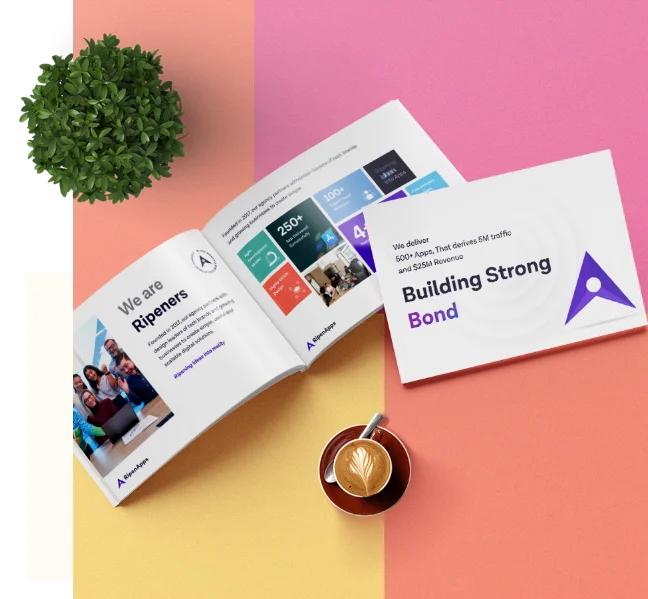
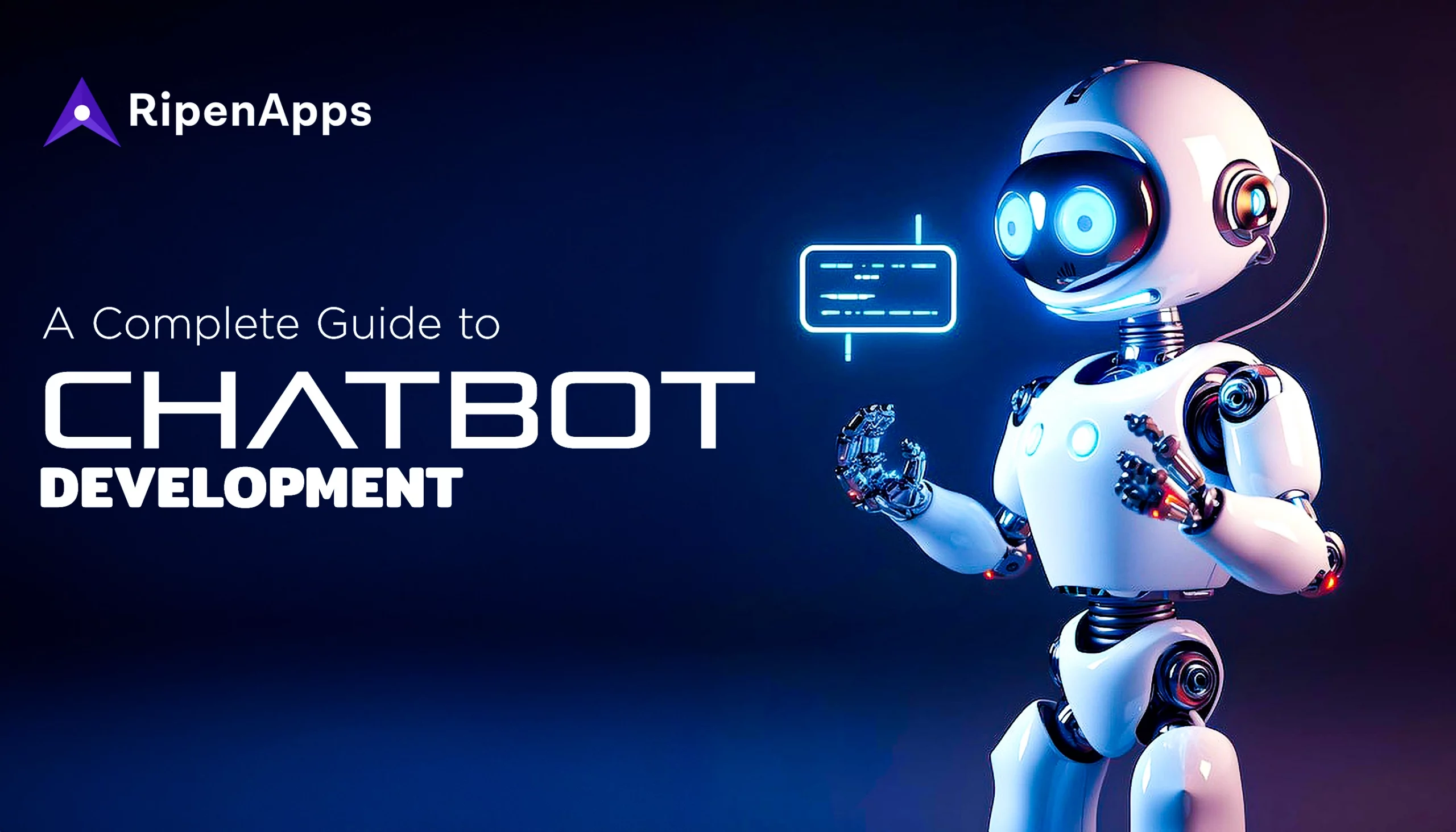




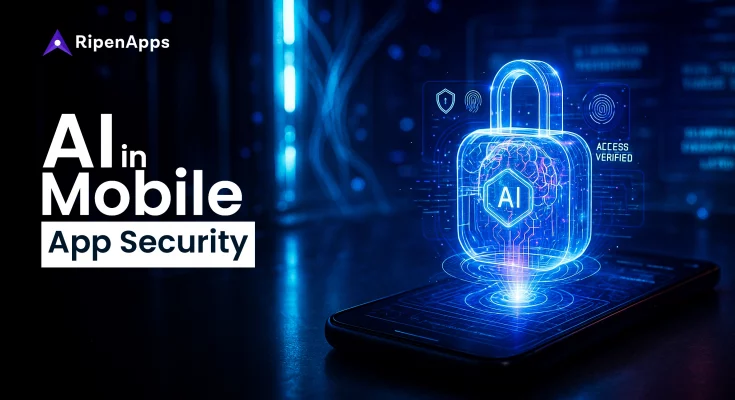
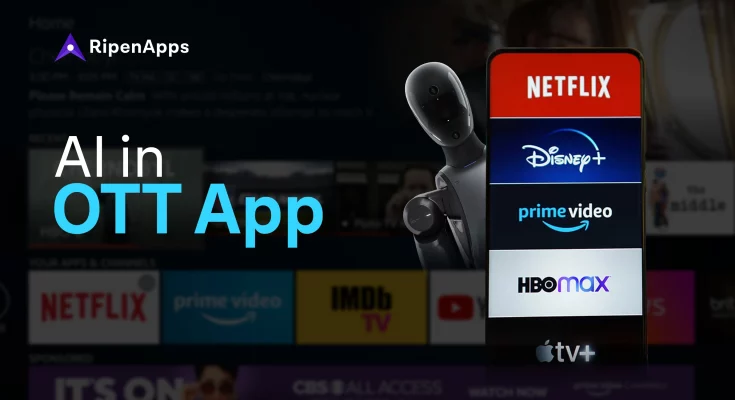
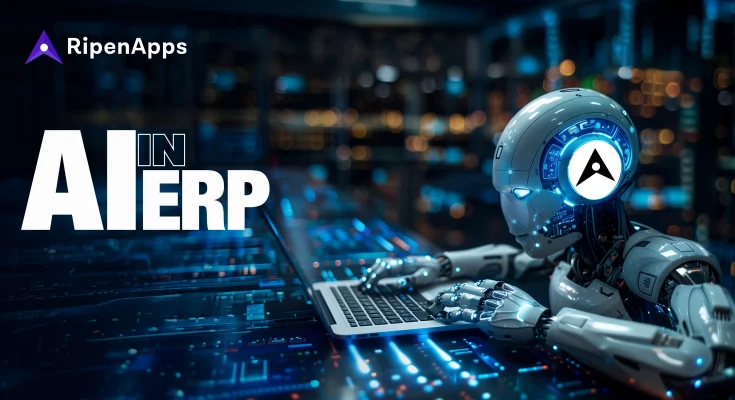

 India
India USA
USA Australia
Australia Canada
Canada UK
UK UAE
UAE
